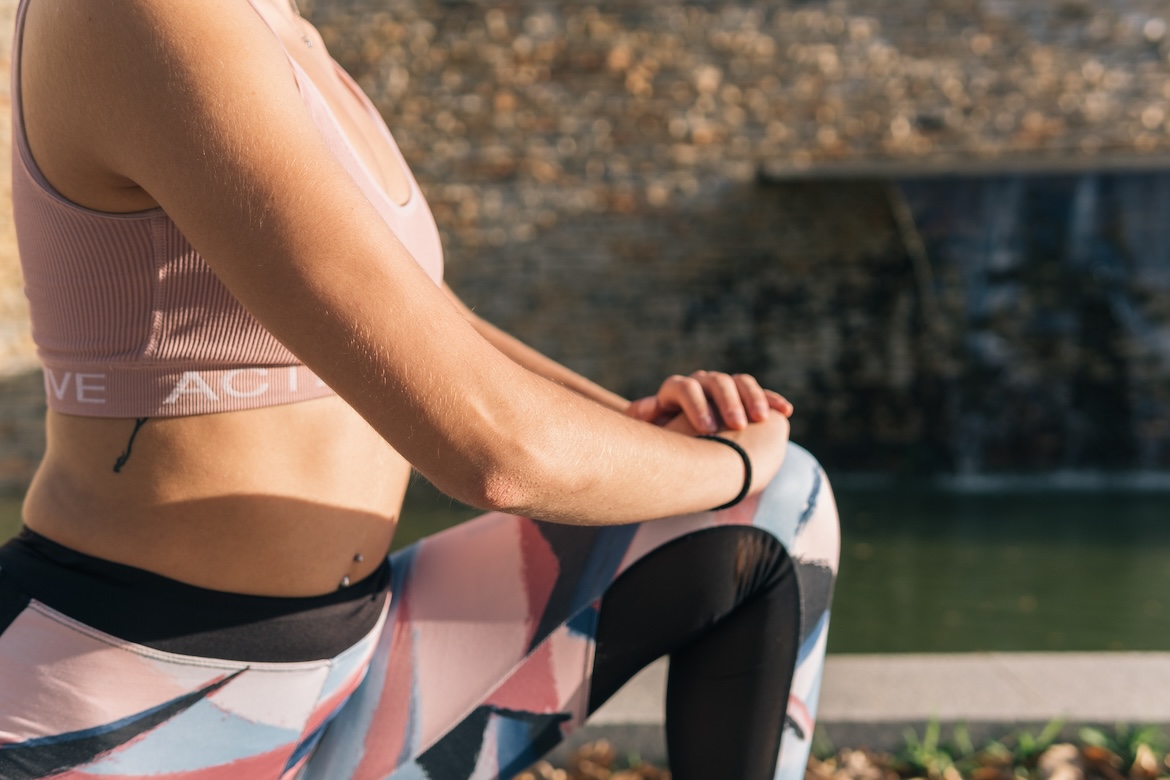

Last summer, I embarked on a challenging endurance event known as 29029 Everesting, where participants climb the equivalent height of Mt. Everest—29,029 feet—in just three days. My husband and I chose Snowbasin, Utah, as our location for this grueling challenge. The task was to hike 2.3 miles up, take the gondola down, and repeat this process 13 times, resulting in an elevation gain of 2,310 feet per ascent. This meant covering approximately 30 miles in 36 hours, with the ultimate competition being against oneself.
As I pushed through the ascents, I encountered a significant obstacle on my third climb. My right hip flexor began to tighten, causing discomfort and hindering my ability to flex my hip and lift my leg on the steepest parts of the trail. Despite utilizing the recovery room’s amenities, including massage tables, compression boots, and massage guns, the discomfort persisted.
By the fifth ascent, the pain in my hip flexor had escalated to the point where it felt like I was dragging a heavy weight tied to my ankle. This limitation in movement slowed me down significantly, extending my hike durations and casting doubt on my ability to complete the event.
Fearing that I might have to discontinue the challenge, I sought assistance from a therapist in the recovery room. It was during this consultation that the therapist identified the source of my discomfort as the psoas muscle—a muscle that many people are unfamiliar with.
The psoas muscle, located deep in the core and connecting the upper and lower spine, plays a crucial role in hip flexion, rotation, and overall stability. It is also intricately linked to the diaphragm, making it essential for proper breathing patterns. Additionally, holistic health practitioners often refer to the psoas as the “muscle of the soul,” as it is believed to hold emotional and physical tension.
Symptoms of a tight or dysfunctional psoas can manifest as low back pain, hip or groin tightness, limited hip extension, and radiating leg pain. To address these issues, various techniques can be employed, including supported bridge exercises, targeted massage using tools like therapy balls, and breathwork to release tension in the psoas.
Preventative measures for maintaining a healthy psoas include incorporating stretching, strengthening exercises, and evaluating movement patterns to promote balance and fluidity in the body. By understanding the role of the psoas and implementing practices to care for this vital muscle, individuals can improve overall mobility and prevent discomfort and pain.
Reflecting on my experience at 29029 Everesting, I have gained a newfound appreciation for the importance of the psoas muscle in physical performance and overall well-being. Moving forward, I plan to integrate these practices into my routine to ensure that my psoas remains healthy and functional for future challenges. As the saying goes, “As does the psoas, so does the rest of the body.”
Job title: Salesforce Developer Company: Han Staffing Job description: salesforce apex visual Job Description:Our client…
Job title: JAVA DEVELOPER Company: Han Staffing Job description: End Client: WELLSFARGO Title: Java Developer…
Job title: Jr. Full Stack Developer Company: Leidos Job description: DescriptionJob Description:The Leidos Decision Advantage…
Job title: Jr. Full Stack Developer Company: Leidos Job description: DescriptionJob Description:The Leidos Decision Advantage…
Job title: Principal Software Developer Company: Oracle Job description: Job Description:As a member of the…
Job title: Sr Alfresco Developer- Lead Company: InterSources Job description: Job Title: Sr Alfresco Developer-…